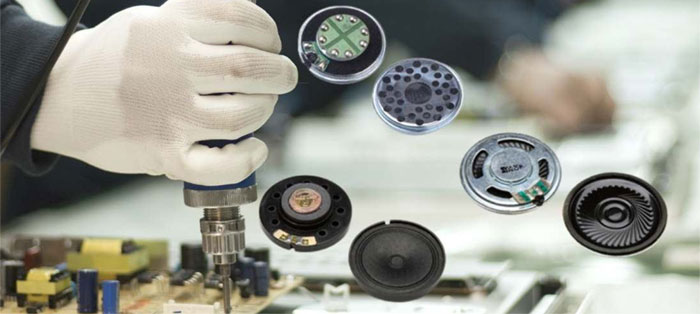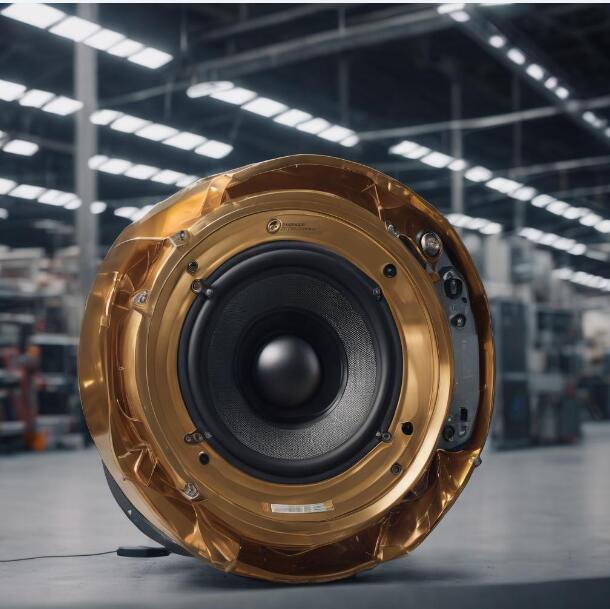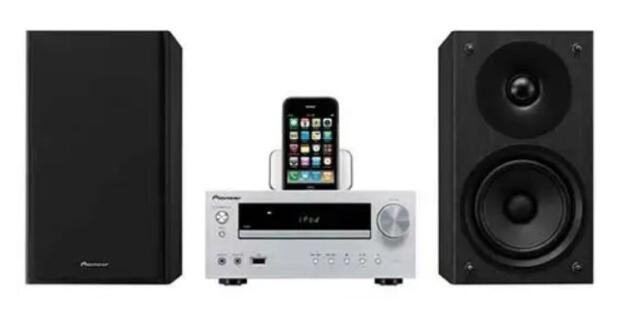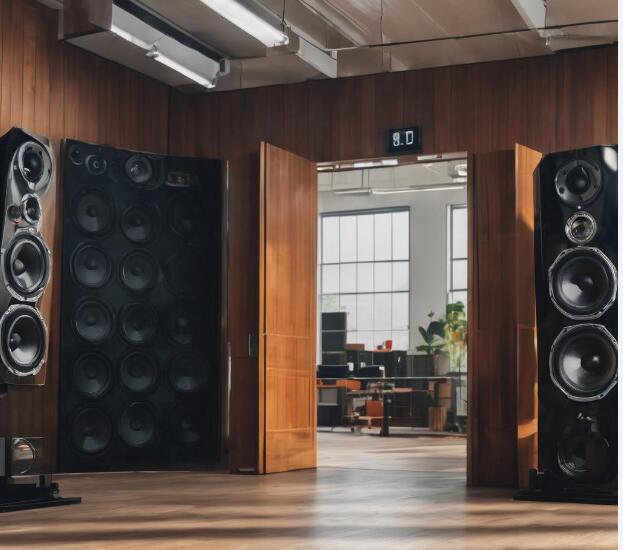Frequency Response: This parameter indicates the range of frequencies a speaker can reproduce, typically measured in hertz (Hz). Mylar speakers, especially smaller ones, often have a frequency response that is suitable for midrange and high frequencies, but they might not perform as well at very low (bass) frequencies.
Sensitivity: Expressed in decibels (dB), sensitivity measures how effectively a speaker converts power into sound. A higher sensitivity rating means the speaker can produce more volume at a given power level. Mylar speakers, particularly those used in portable devices, usually have a sensitivity tailored to their intended use-case.
Power Handling: This refers to the maximum amount of power, measured in watts (W), that a speaker can handle before risking damage. Mylar speakers vary in power handling capabilities; smaller ones may only require a few watts, while larger or more specialized ones could handle more.
Resonant Frequency: The resonant frequency is the frequency at which the speaker naturally vibrates most efficiently. It is a critical factor in determining the speaker's bass response and overall sound quality. For Mylar speakers, the resonant frequency should be lower than the intended frequency range of operation.
Total Harmonic Distortion (THD): THD is a measure of how much the speaker distorts the sound signal. It is expressed as a percentage, with a lower percentage indicating less distortion and clearer sound. Mylar speakers typically have low THD to ensure accurate sound reproduction.
Size and Shape: The diaphragm's dimensions and form factor significantly impact the speaker's sound projection and integration into different devices. Mylar speakers come in various sizes, from tiny coin-sized speakers for hearing aids to larger ones for multimedia applications.
Voice Coil Diameter: The size of the voice coil affects the speaker's power handling and sensitivity. A larger voice coil may handle more power and generate a stronger magnetic field, leading to potentially better performance, but also a larger overall speaker size.
Magnet Material: The type of magnet used (e.g., neodymium, ferrite) influences the speaker's efficiency and weight. Neodymium magnets are stronger and lighter, which can contribute to a more compact and efficient Mylar speaker design.
Surround Material: The material connecting the outer edge of the diaphragm to the frame affects the speaker's durability and how it responds to movement. For Mylar speakers, a flexible and durable surround is essential for maintaining performance over time.
Cone/Diaphragm Material: Although Mylar is the primary material, additives or coatings might be used to alter its properties, affecting the speaker's sound quality and environmental resistance.
Mounting Options: The methods available for securing the speaker in place can influence design choices for the device it's being integrated into.
These parameters collectively define the performance characteristics of Mylar speakers. Manufacturers carefully balance these factors to tailor speakers to specific uses, ensuring they deliver the desired sound quality and volume within the constraints of their intended applications.














